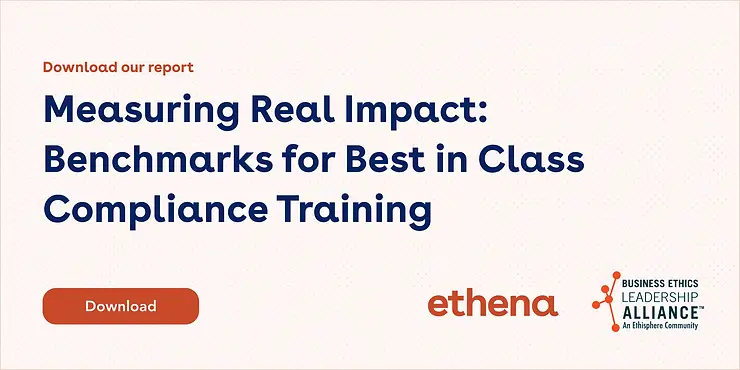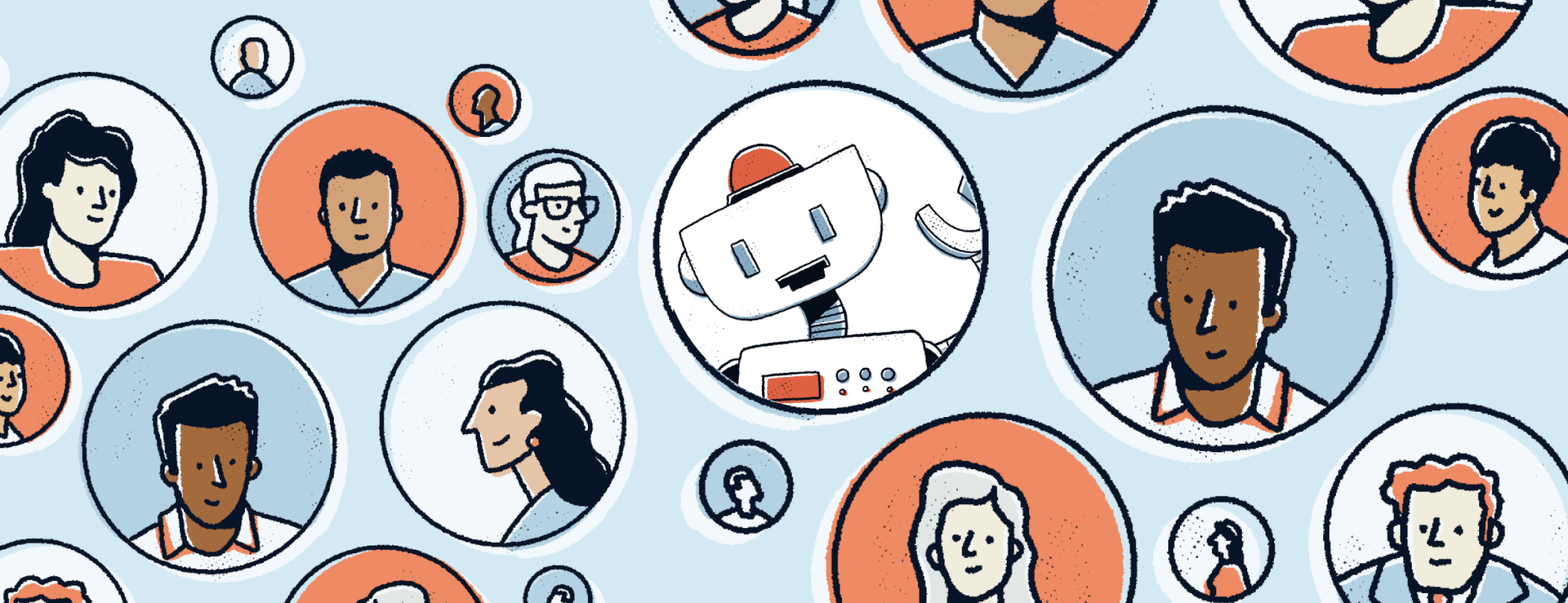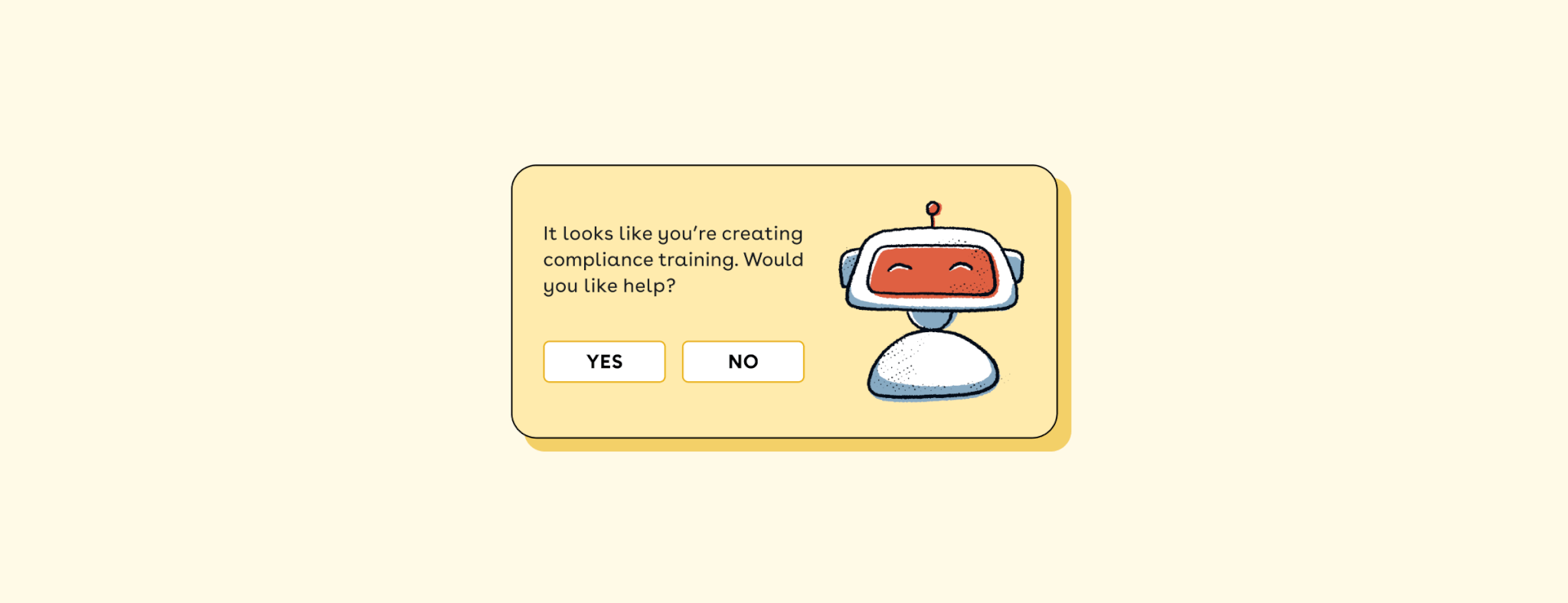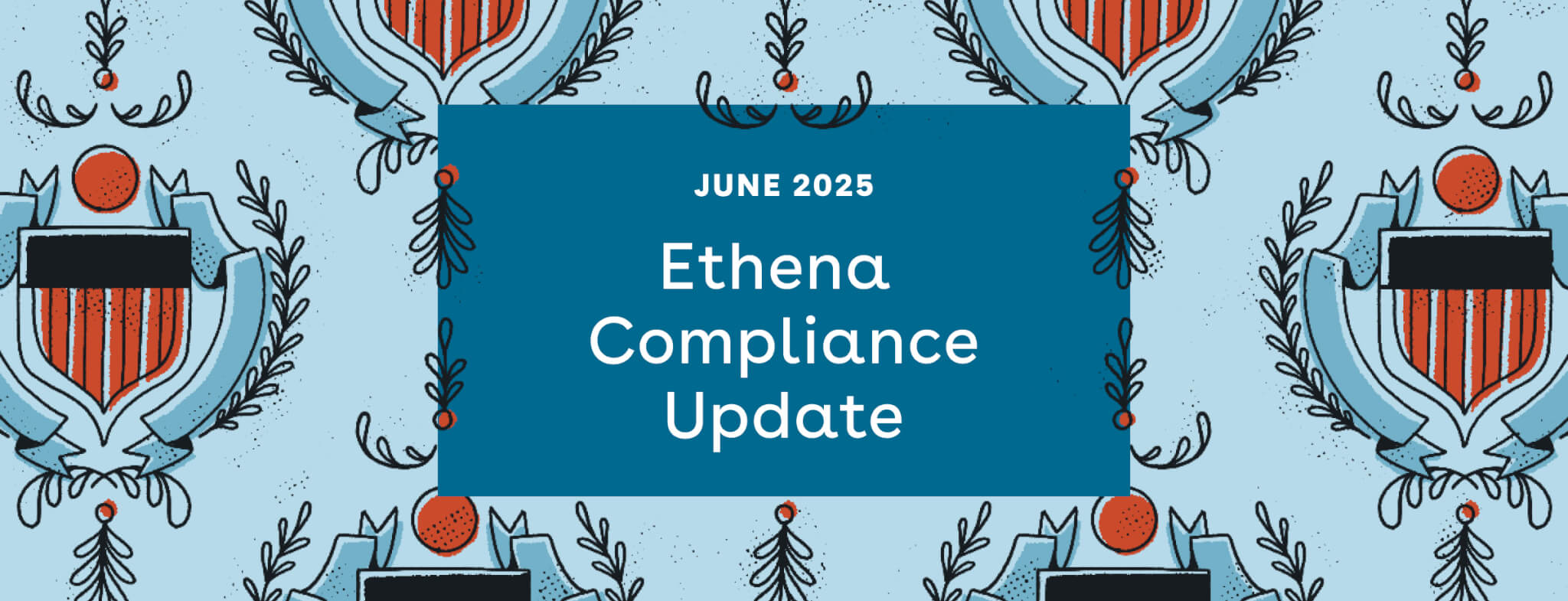Implicit bias, or unconscious bias, can lead to discriminatory behavior without our awareness. Here’s how it impacts your workplace and what to do about it.
Let’s start with a quick exercise. Imagine a CEO sitting in a board meeting. Now, imagine an employee at a tech startup. Then imagine a nurse making rounds at a hospital.
An image for each position likely popped into your mind within a split second, and these images tell an important story about how our brains work. Consider this: Was the CEO white? Was the tech employee young? Was the nurse a woman?
If you answered “yes” to any of the above questions, you’re a person; specifically, you’re a person experiencing a psychological phenomenon known as implicit bias, also known as unconscious bias.
What is implicit bias?
The term “implicit bias” means the tendency to make assumptions about an individual or a group of people based on your own internalized stereotypes—without your awareness. The term was first introduced by psychologists Mahzarin Banaji and Anthony Greenwald in 1995: Their seminal paper demonstrated how people’s social behavior is influenced by unconscious attitudes and stereotypes, often leading to unintended discrimination by people who consciously disavowed prejudice. Implicit bias is also sometimes referred to as “unconscious bias.”
While people have become more aware of implicit bias in the last two decades, awareness alone hasn’t absolved society of these hidden stereotypes. That’s because implicit bias is due, in part, to how our brains work.
Our brains are wired to prioritize efficiency. Over time, we categorize information and form assumptions about the world in an effort to save time and energy. These assumptions are based on everything we experience throughout our lives: societal standards, popular media, cultural upbringing, and personal experience. For example, you might always buy cinnamon toothpaste because it’s what your dad used or believe that golden retrievers are the best dogs because you’ve watched the movie Air Bud more times than you’d like to admit.
While some biases seem relatively unimportant, other biases can have a deeply negative impact on ourselves, others, our organizations, and society at large. For example, implicit biases can contribute to discriminatory behavior, such as implicit stereotyping and racial discrimination in an organization’s hiring practices. (Think: If people unconsciously associate the position of “CEO” with white men, it’s more likely that a white man will receive the job offer than an equally competent Black woman.)
We want to stress that everyone has implicit biases; they’re not a reflection of your moral standing. In fact, as Banaji and Greenwald found in their paper, it’s likely that your implicit biases go against the very beliefs and values you consciously strive to uphold in the real world. But this doesn’t mean any of us should let ourselves off the hook. We are each still responsible for understanding bias, so we can reduce its impact on our actions—ultimately reducing harm and discriminatory behavior.
Implicit vs. explicit bias: What’s the difference?
There are two main forms of bias: implicit and explicit. In general, a bias shows up whenever you have an inclination toward or away from a person, place, thing, idea, or group of people. Implicit biases are inclinations or assumptions that specifically happen outside of our awareness, while explicit biases happen on a conscious level. Your explicit and implicit biases might conflict, or they might align and reinforce each other.
Explicit bias tends to feel very obvious. It might be something as overt as saying, “We don’t hire moms onto our investing teams because we only want people who can work long hours.” It hits you in the face and feels like the scenarios included in harassment prevention training.
The impact of implicit bias is often much less obvious but can be just as harmful to your organization. For example, a 2021 study found that employers are more likely to respond to fictional résumés with white-sounding names than identical fictional résumés with Black-sounding names. This research indicates how unconscious bias, such as implicit racial biases, may lead to unintended discrimination between Black and white candidates, affecting the diversity of a company’s pipeline.
With all of this in mind, staying focused on implicit bias just as much as explicit bias in your work, team, and entire organization ensures that you are taking comprehensive action to build a more inclusive and equitable work environment.

4 common types of implicit bias
Implicit biases have widespread consequences, shaping our individual behavior, organizational norms, and systemic structures. Here are four common types of implicit bias—just a few out of many—and how they can unintentionally lead to discriminatory behavior in the workplace:
1. Ability bias
Able-bodied people are often perceived to be the “norm” in society, leading to ability bias or ableism. One study found that 76% of people have an implicit preference for individuals without disabilities—even including participants who identified as disabled themselves. Ableism leads to workplaces operating in a way that doesn’t support disabled employees, such as holding virtual meetings without closed captions for hard-of-hearing or deaf individuals, or hosting events in spaces that wheelchair users can’t access.
2. Age bias
Age bias or ageism is when we make judgments about people based on their age—whether it’s a 6-year-old or a 60-year-old. A 2007 study of data from Harvard’s Implicit Association Test (IAT) found that ageism is the most common and strongest form of implicit bias, surpassing biases on gender, race, ability, and sexuality. Age bias particularly impacts older workers: Last year, the AARP found that 78% of older workers have seen or experienced age discrimination at work, the highest number since the organization started surveying people in 2003.
3. Ethnic and racial bias
Ethnic and racial bias occurs when we perpetuate stereotypes or make assumptions based on someone’s race or ethnicity. Notably, the research study on résumé screening is an example of how implicit racial biases can impact organizations’ hiring practices. However, even organizations that already have a diverse workforce can demonstrate this bias (a reminder not to confuse diversity for equity or inclusion). For example, a case study from the Center for WorkLife Law shows how people of color in one organization were subjected to more intense scrutiny in their performance evaluations than their white colleagues: 43% of people of color had at least one mistake mentioned in their evaluation compared to 31% of white women and 26% of white men.
4. Gender bias
Implicit gender bias, or sexism, leads to unintended preferential treatment or discrimination of people based on their perceived or self-identified gender. In workplaces, gender bias contributes to the likability-competence dilemma for women, in which women in leadership positions are rarely perceived as both likable and competent. Due to stereotypical expectations of women as kind, warm, and nurturing, “competent” actions are often perceived as abrasive or bossy rather than as demonstrations of strong leadership.
Gender bias also impacts people with gender identities outside of the gender binary, such as transgender, gender expansive, or non-binary employees. A Human Rights Campaign survey found that nearly two-thirds of non-LGBTQ+ employees believe it is “unprofessional” to discuss gender identity at work, leading people to feel as if they must hide their identities at work.
How to address implicit bias
None of us can escape implicit bias—it’s how our brains are wired. The good news? Research shows we can take action to understand our biases and address their influence on our actions.
Addressing implicit bias will enable your team or organization to both attract and retain diverse talent—which studies show improves decision-making, innovation, and financial returns. From self-reflection to data-driven analysis to company-wide training, there are multiple ways to start this ongoing and necessary process for your team or organization. In doing so, you will not only benefit your business; you’ll also play a critical part in building a stronger, better, and more inclusive society for everyone.
Ethena is a modern compliance training platform that delivers current, cringe-free content that employees actually enjoy. Our course on Diversity, Equity, and Inclusion brings the complexities of bias to life through thoughtful real-world examples, dynamic multimedia, and actionable next steps. Talk to a member of our team to see if Ethena is right for your company.









